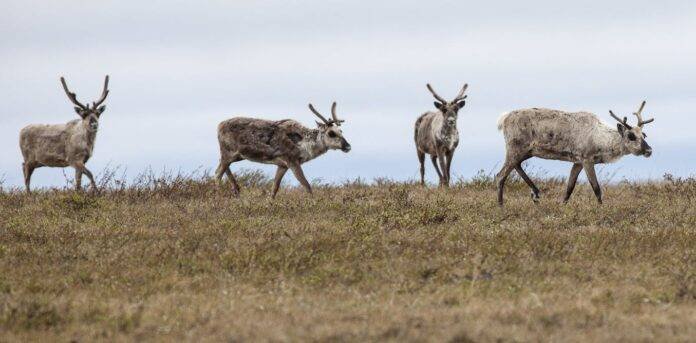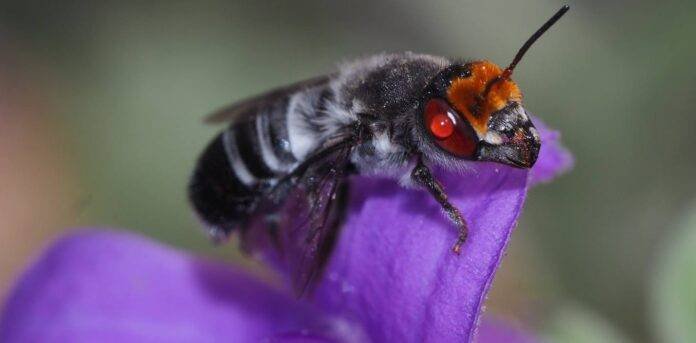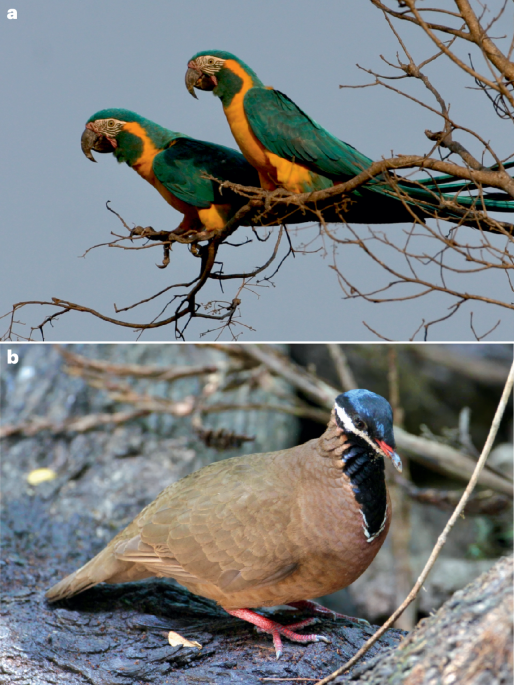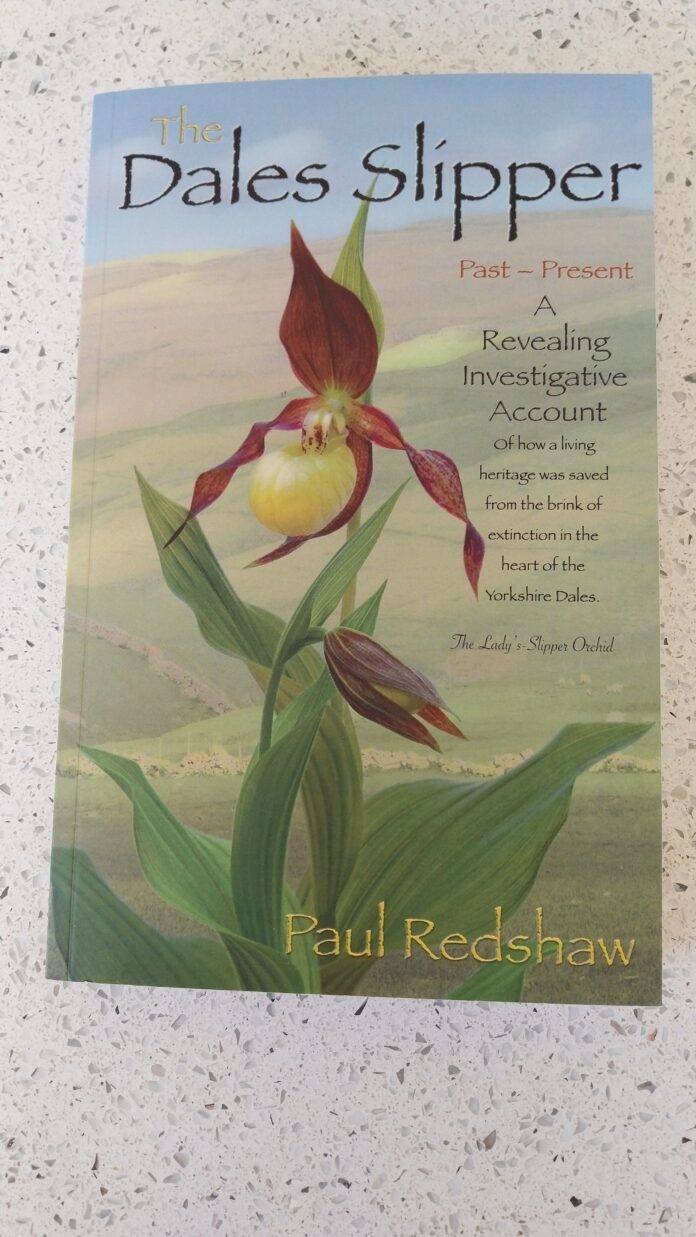Despite awareness and concern that human activities cause biodiversity loss, evidence shows that patterns of species loss at local scales lack a strong directional trend. This apparent contradiction was explored in a thought-provoking paper by Chase and colleagues in 2019. The authors discuss how temporal changes in species richness largely depend on spatial scale, and explain why there is no reason to assume that global biodiversity loss must be reflected at local scales. Although scale dependency in richness change is not a new concept, Chase and colleagues advanced the discussion by disentangling (through modelling and case studies) the different scenarios in which richness change can vary with spatial scale.
I find this paper interesting because they used one of the simplest metrics of biodiversity — species richness — to illustrate the complexity of biodiversity change across temporal and spatial scales. For example, in case studies on corals and birds, the authors observed no net change in richness for either taxon at smaller scales, but opposing trends at larger scales: coral communities decreased in richness and become more homogenous (more similar across communities), whereas bird communities increased in richness and differentiated (less similar across communities). Another interesting example reveals temporal complexity: following the introduction of nonnative species, local-scale richness can increase initially while native species losses are outpaced, but regional-scale richness can decline when communities become more homogenous. Other types of anthropogenic disturbance, such as land use change, can cause local losses but regional differentiation. In general, all combinations of species gains and losses at small and large scales are possible because human activities can push richness in any direction. Consequently, the question of how biodiversity changes in response to human activities must consider this scale dependency.






